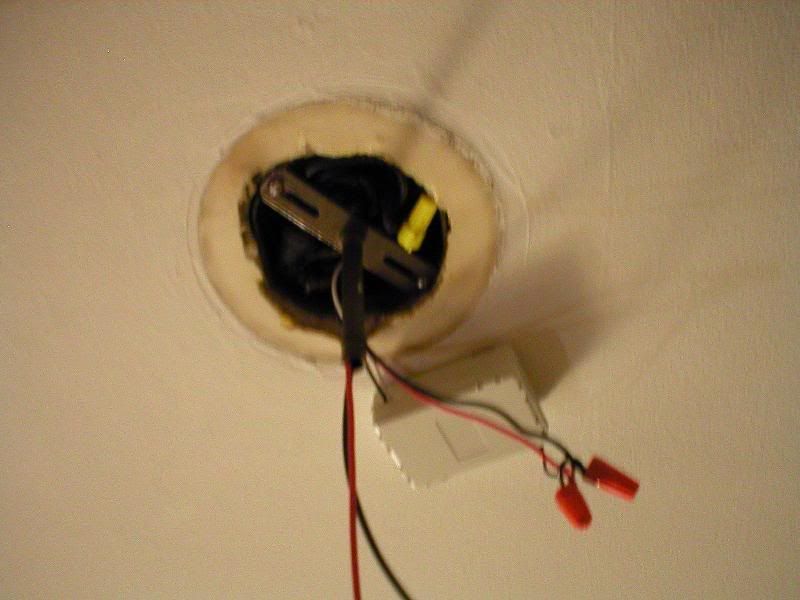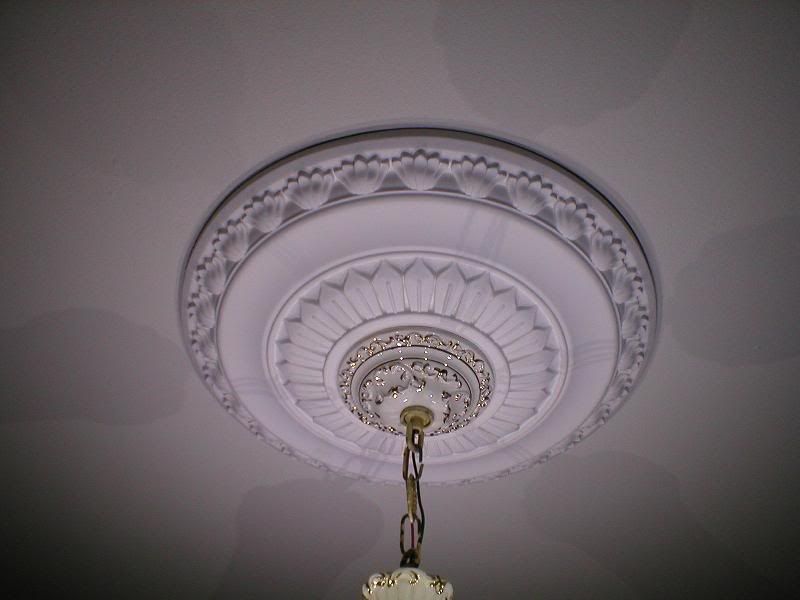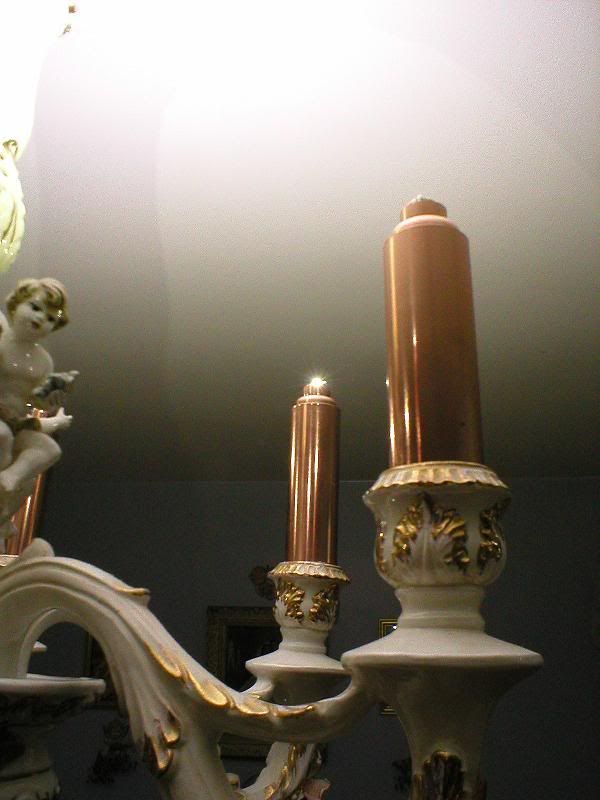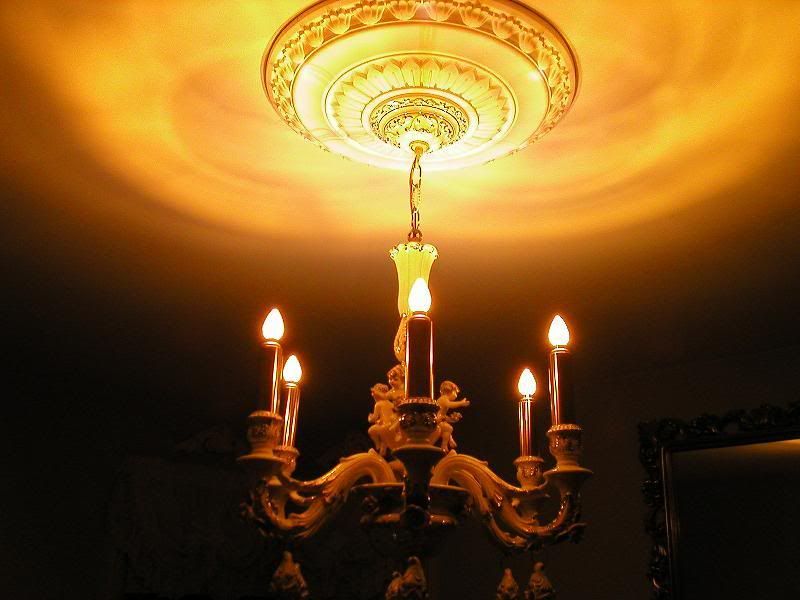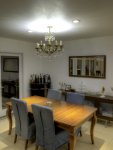jtr1962
Storage? I am Storage!
To dissipate the heat from the LEDs. The copper tube provides enough surface area to dissipate ~2.5 watts of heat without becoming overly warm. I'm even thinking of putting vertical fins on the copper tubes for the chandelier in my dining room because of the required light output. The plain copper tubes are adequate if you only need about 300 lumens per candle (this is approximately equal to a 30-35 watt small base bulb). If I need to replace a 60 watt small base bulb ( ~700 lumens), then I need about twice the surface area for heat dissipation.Dumb question...why copper pipe and not plastic?
As for why go through all this instead of just buying LED bulbs, for starters there don't exist any viable candelabra-base LED bulbs. This isn't surprising given the very small area available to dissipate heat. Second, it's much more reliable having 5 or 6 LEDs connected to one well-engineered ballast, as opposed to each LED having its own, individual ballast crammed into a tiny space. Note that most LED screw-base lamps only have lifetimes in the 25000 to 35000 hour range. This is because most run the LEDs/electronics very hot. By running the LEDs cooler, 100,000+ hour life should easily be possible. I also obtain greater efficiency than commercial products. 3000 lumens/34 watts = 88 lm/W. I could obtain over 100 lm/W if I ran the LEDs at 700 mA.


